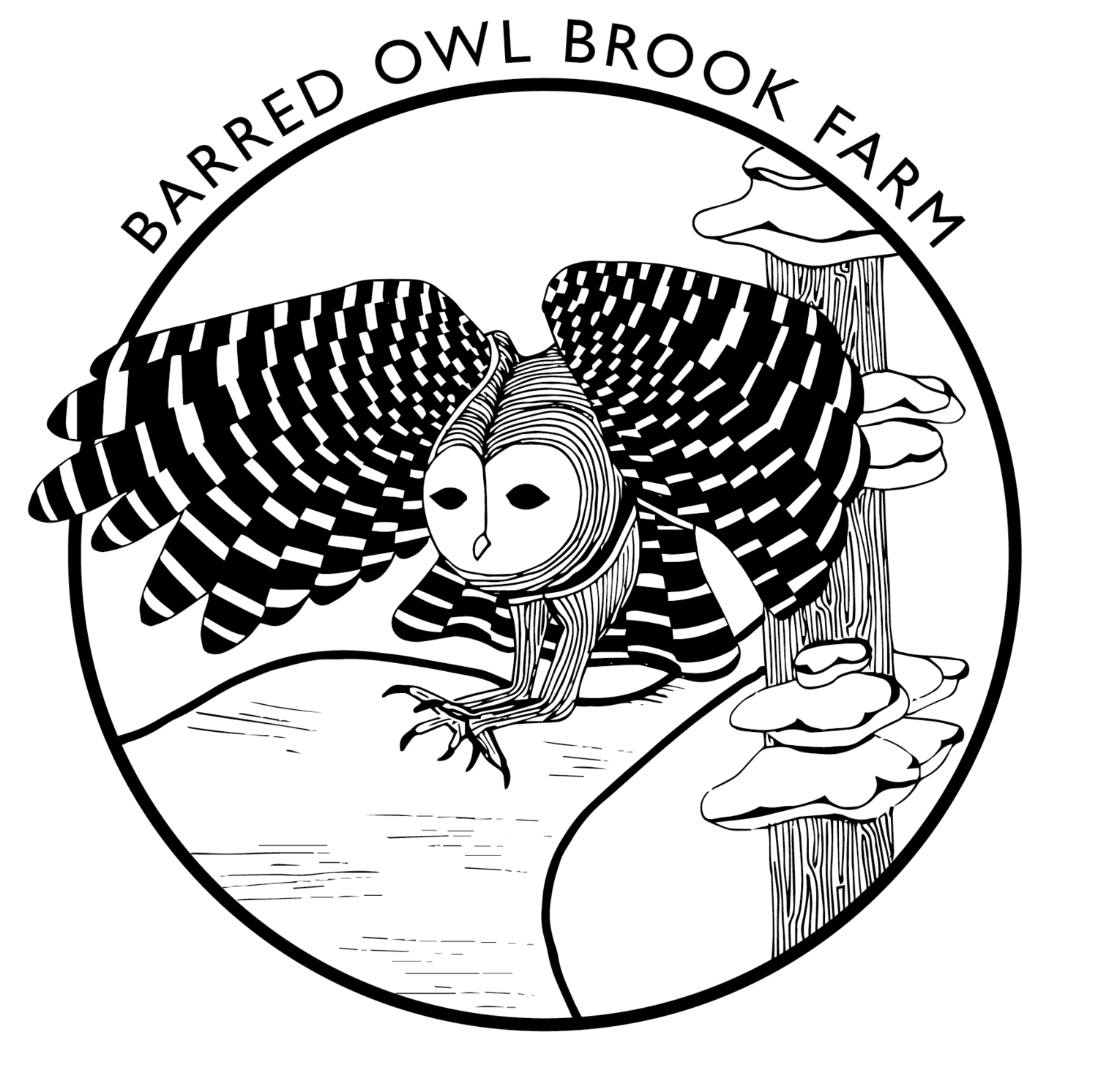Varieties we offer:
Champlain Valley - Locally collected seed gathered from standout trees in the NY Champlain Valley.
Sheffield’s - Seed sourced from Sheffield’s Seed Co. Seed collection locale = Germany.
————————————————————————————
The state of New York requires we inform you that:
Warning! Black locusts are invasive, they are harmful to the environment.
We are also required to provide a list of native alternatives, but we are not aware of any native species that can serve as a meaningful alternative to this extremely versatile tree.
If you’re unfamiliar with the controversy surrounding black locust you may be wondering what all the fuss is about. Read on for our two cents on this contentious and misunderstood tree.
————————————————————————————
Black Locust - Friend or Foe?
Few tree species evoke stronger emotions and opposing opinions than the black locust. On the one hand black locust is an invaluable arboreal ally in the movement to increase the use of trees in temperate agricultural systems. It has an incredible growth rate while also producing valuable and extremely dense, rot-resistant wood - two attributes that are often mutually exclusive. In the early summer the branches are covered in pollinators feasting on the edible flowers. Its ability to fix nitrogen out of the atmosphere means it can establish in degraded soils. It is a prime candidate for temperate silvopasture systems as the compound leaves cast dappled shade allowing pasture grasses and legumes to thrive under the canopy, and the leaves are a nutritious, high protein (~20%) feed for ruminant livestock with a nutrient profile comparable to alfalfa. And on top of all this, it can be coppiced or pollarded for a renewable supply of firewood, fence posts, and livestock fodder. All together this makes black locust a tree that is easy to establish, produces high quality firewood and rot-resistant fence posts in short order, and provides feed for the bees and livestock - so what’s the catch?
Native to portions of the eastern US (the precise boundaries of its historic range are a topic of debate) and naturalized in nearly every state, black locust’s vigorous growth habit and tendency to send out thorny root suckers when disturbed have earned it a spot on the prohibited species list in places like Massachusetts. It is regulated in other states, including New York, where it “cannot be knowingly introduced into a free-living state.” In other words, it cannot be knowingly introduced to an area where it isn’t already present. It is difficult to determine if such a location exists in New York given the historic significance of black locust for both Native Americans and settler farmers, though the interior Adirondack Park has been suggested as one possible example.
To be clear, black locust is a tree that deserves and demands our respect. The thorns present on young plants and new growth are capable of popping tires on equipment and can do some damage to human flesh and eye balls. Black locust’s tendency to sucker when injured or disturbed can result in dense, thorny thickets if left alone, though unwanted shoots can be kept in check with rotational grazing or routine mowing. Needless to say, this isn’t a “plant it and forget it” type of tree, and if you are looking to plant trees near native grasslands or pine barrens where black locust could become problematic, perhaps you should consider planting other species.
For more information check out this article by Steve Gabriel and Akiva Silver’s book Trees of Power.















